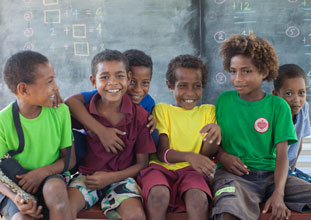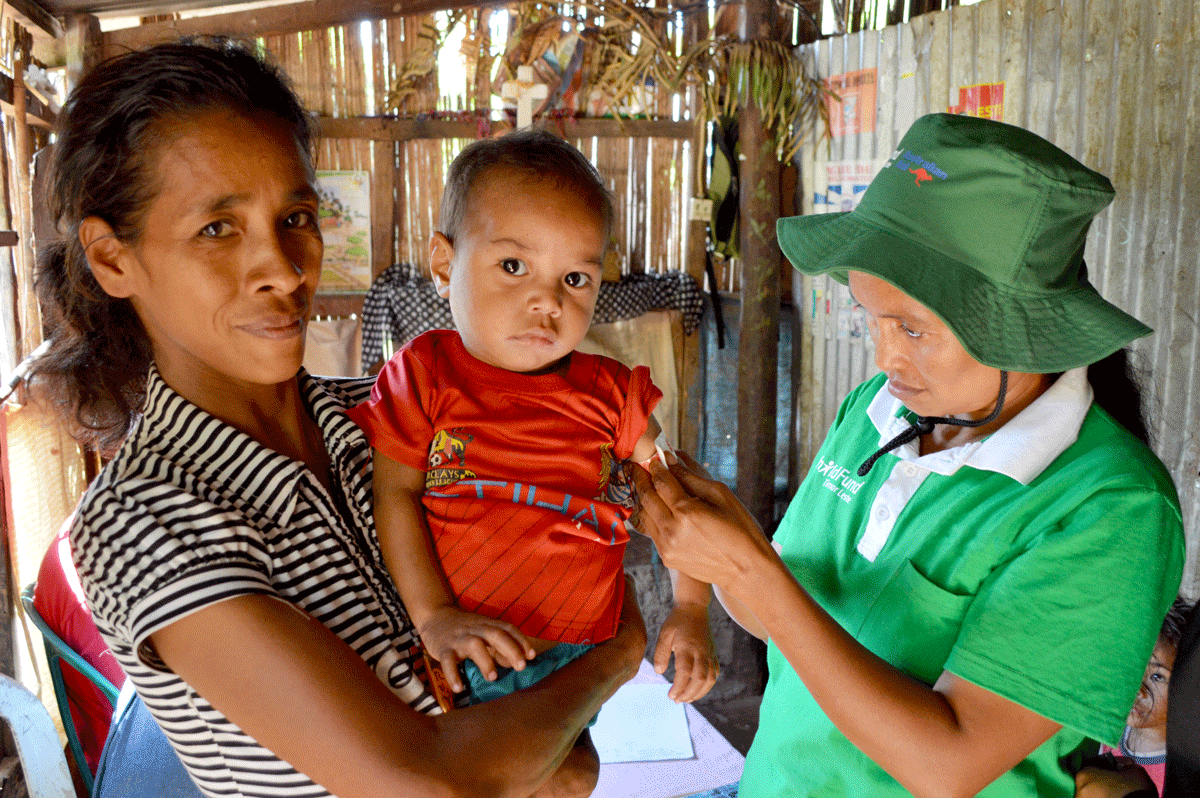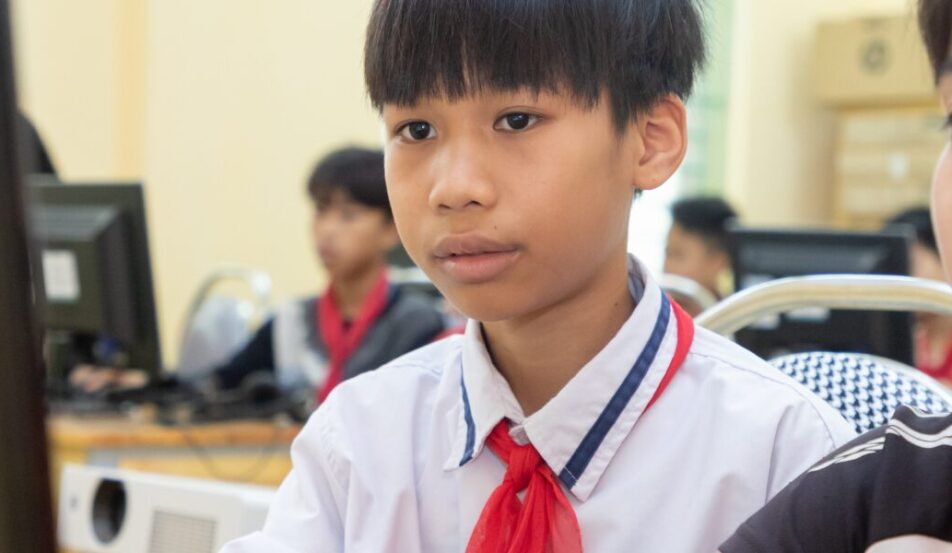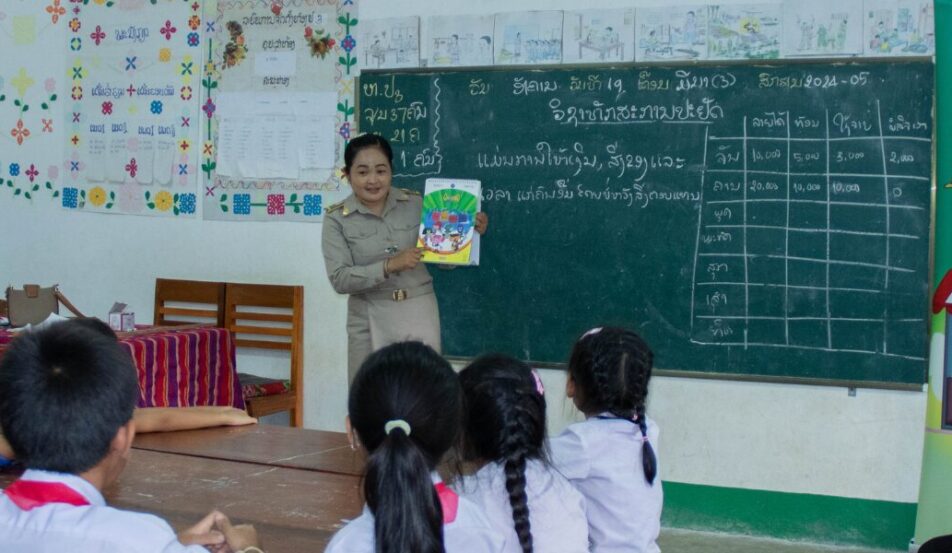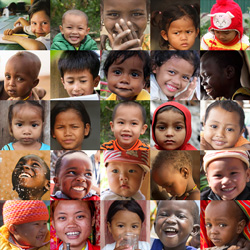Ensuring more children receive an education
In the outskirts of Mandalay, Myanmar`s second biggest city, in an area where small pockets of urban development have begun, there is a school helping underprivileged children.
It’s a monastic school that was originally set up for monks; however, the principal soon became concerned with the plight of local children.
Many local families live in squatter houses, small bamboo shacks on marginal land, often over water. They settled on the land when it was still a rural area and farmed paddy rice. When the government built roads the land gained value and many families, whom had no legal title, were pushed off to make room for large villas.
Many of the parents are illiterate and cannot afford to send their children to school. It is common for the children to instead collect rubbish to help supplement the family income.
Primary education in Myanmar is free, in theory. Though, in practice expenses include school furniture, enrolment fees, textbooks and notebooks, and uniforms.
The school has gained a reputation beyond Mandalay and attracted children from Shan State and other areas who have no access to high schools.
When it began there were 50 students and two or three teachers, including monks. Now there are over 1,900 students.
About 400 of these students sleep at the monastery, including 100 orphaned children, like three-year-old Hoekyaw who has been at the centre since he was just one month old, and those from distant villages.
ChildFund has provided the school with a computer training room so the children can improve and extend their skills and education.
“In the 21st century, learning how to use a computer is a crucial part of education. If we don`t provide computer knowledge they will be behind the times,” says U Ven Nandaka, a teacher and monk at the school.
“Students from poor families in the countryside didn’t know how to use a calculator let alone a computer! We are trying to provide them with the right skills for the future,” he adds.
ChildFund provided the school with 10 computers in total. Now they provide the students with three IT classes with a maximum of 10 students in each and two trainers per class. Each IT course lasts for three months but students are also allowed to use the computers in their free time.
The trainers are all university students who are studying IT and want to help younger students in their local community.
13-year-old Su Myat (pictured above) is one such student. She is in grade nine and has been living at the school for over two years.
“I`m very happy here. I can learn many things, I wouldn`t get that opportunity in my village,” she says.
“Before arriving here, I`d never seen a computer. Now I know it`s very important to getting ahead in the 21st century. So I`m very happy to be learning computer skills and English.”
